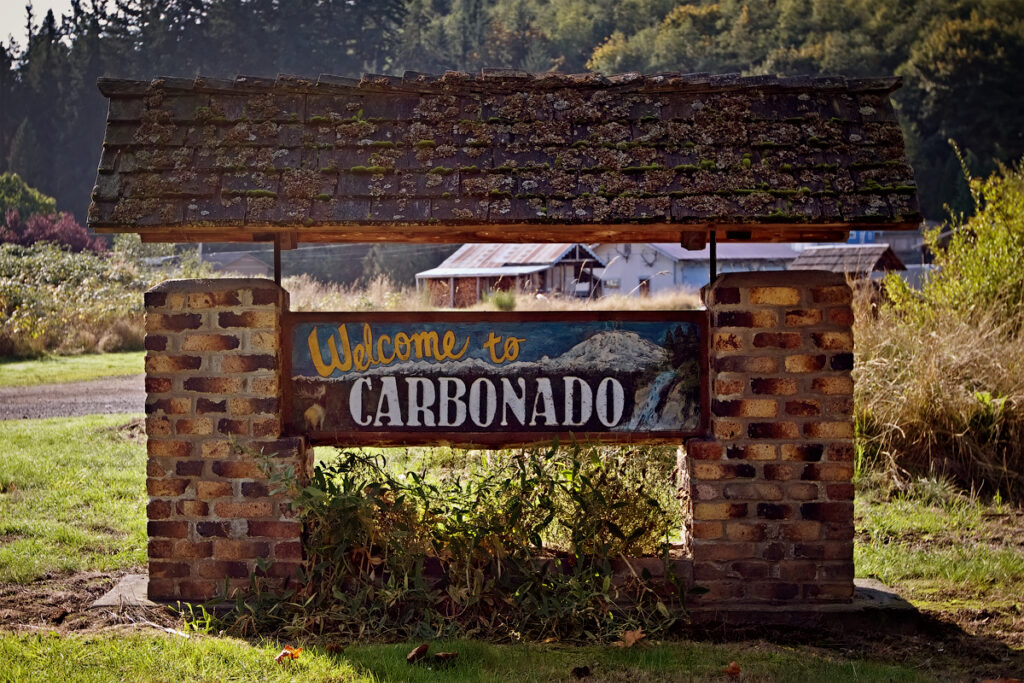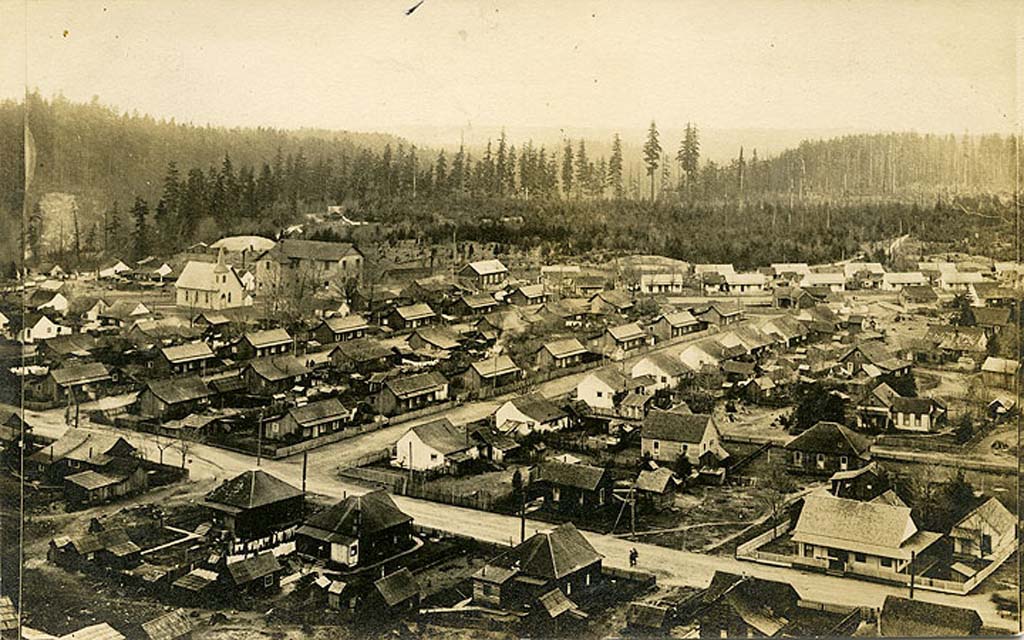Carbonado is a town in Pierce County, Washington, United States. Carbonado is located near the Carbon River in northern Pierce County, approximately 50 miles (80 km) southeast of Seattle. Take a look below for 20 fascinating and fun facts about Carbonado, Washington, United States.
1. Carbonado is the last town before entering Mount Rainier National Park and is also a popular spot for jeeping.
2. Carbonado served as an important coal mining community in the late nineteenth and early twentieth centuries, when the town operated the largest coal mine in Pierce County.
3. The population was 610 at the 2010 census.
4. Carbonado was one of quite a few towns in the Carbon River valley to be settled during an economic boom in the region.
5. The boom was brought on by raw material demands in nearby growing towns such as Seattle and Tacoma. Starting with the town of Wilkeson and moving on through Burnett, Carbonado, Montezuma, Fairfax, and finally Manley Moore, these settlements sprawled up the valley to the very boundary of Mount Rainier National Park.
6. Most of these towns were company towns, meaning that they specialized in the harvest of raw materials on the plot of land that the town was situated on which was owned by a commercial company.
7. Often—and such was the case of Carbonado—the company also owned the houses and the energy resources as well.
8. The energy resource in Carbonado was also the raw material that the citizens of the company town were harvesting, coal.

9. More than 100 miners died in mining accidents in and around Carbonado, including 31 killed in an explosion in Carbon Hill Coal Company’s Mine Number 7 on December 9, 1899.
10. During the time of the initial boom in the valley Carbonado grew to rival the size of Tacoma at the time.
11. The railroad, which was integral to the transportation of people, of the raw materials harvested and the supplies need by the towns, stretched all the way up the valley too.
12. Not only did it service the towns but also several homesteads farther up the valley. These homesteads were settled predominantly by Polish immigrants.
13. They supplied the towns down the valley with fresh milk and eggs. Two survive to present day, one known as Carbon River Ranch (the main house is the old Fairfax school and can be seen from the highway) and the other formerly known as Huckle-Chuck. At Huckle-Chuck the original homesteaders house and one of their barns are still used and functional. At the peak of the boom both of these homesteads and the towns which they supplied were quite productive and lively.
14. However, the boom did not last as the economy took a downturn and with it came the end of the need for the lower grade coal being mined at Carbonado and the timber being harvested for use in the settlements further up the valley.
15. Since the decline of the mining era, Carbonado has experienced extreme shrinking and small booms ultimately ending with a steady population.
16. All of the current residents work elsewhere and what was once an economic center for the valley is now a residential community. The railroad also pulled out. The Rails to Trails project has most of the actual rail line land in its possession.

17. The time that Carbonado did spend as a coal mining town is forever kept by the cemetery, abandoned mines, a grown-over coal slag pile, a school, and the company houses left behind. The cemetery holds the memories of older and more recent dead with many of the graveholders family still living nearby.
18. Huge concrete monoliths that once held that cables for the mining carts, point straight towards the old mine shafts and openings and stand overgrown and utilized now only by the town’s children. One hill in town started out as the coal slag pile and now has been carpeted by ivy and trees. The school makes up what is known as the Carbonado Historical School District and grades K-8th still attend there.
19. Many of the houses that the company built and originally owned still line main street. They look very similar to each other as was the style of the company builders at the time. And though many of the miners abandoned the town, in some of those houses still live the direct descendants of the original miners.
20. Carbonado was officially incorporated on September 13, 1948.




